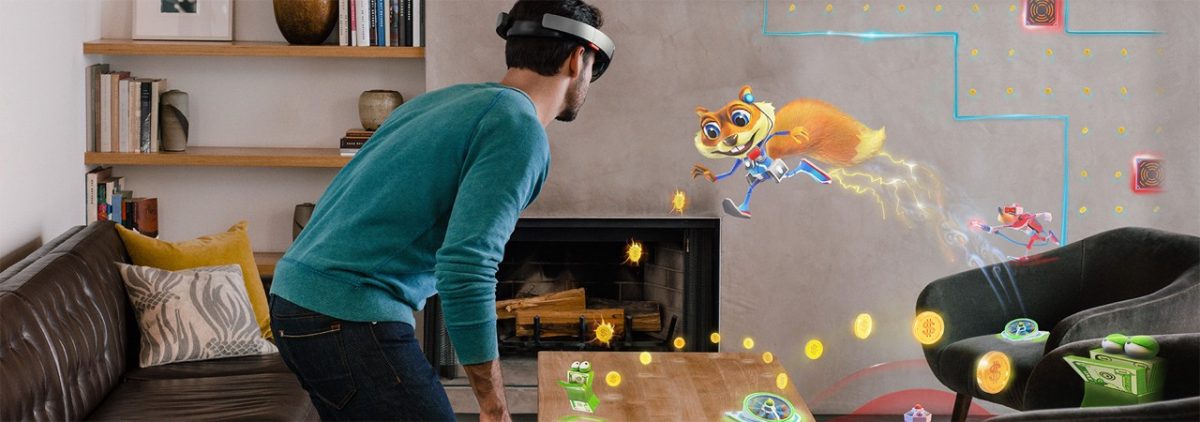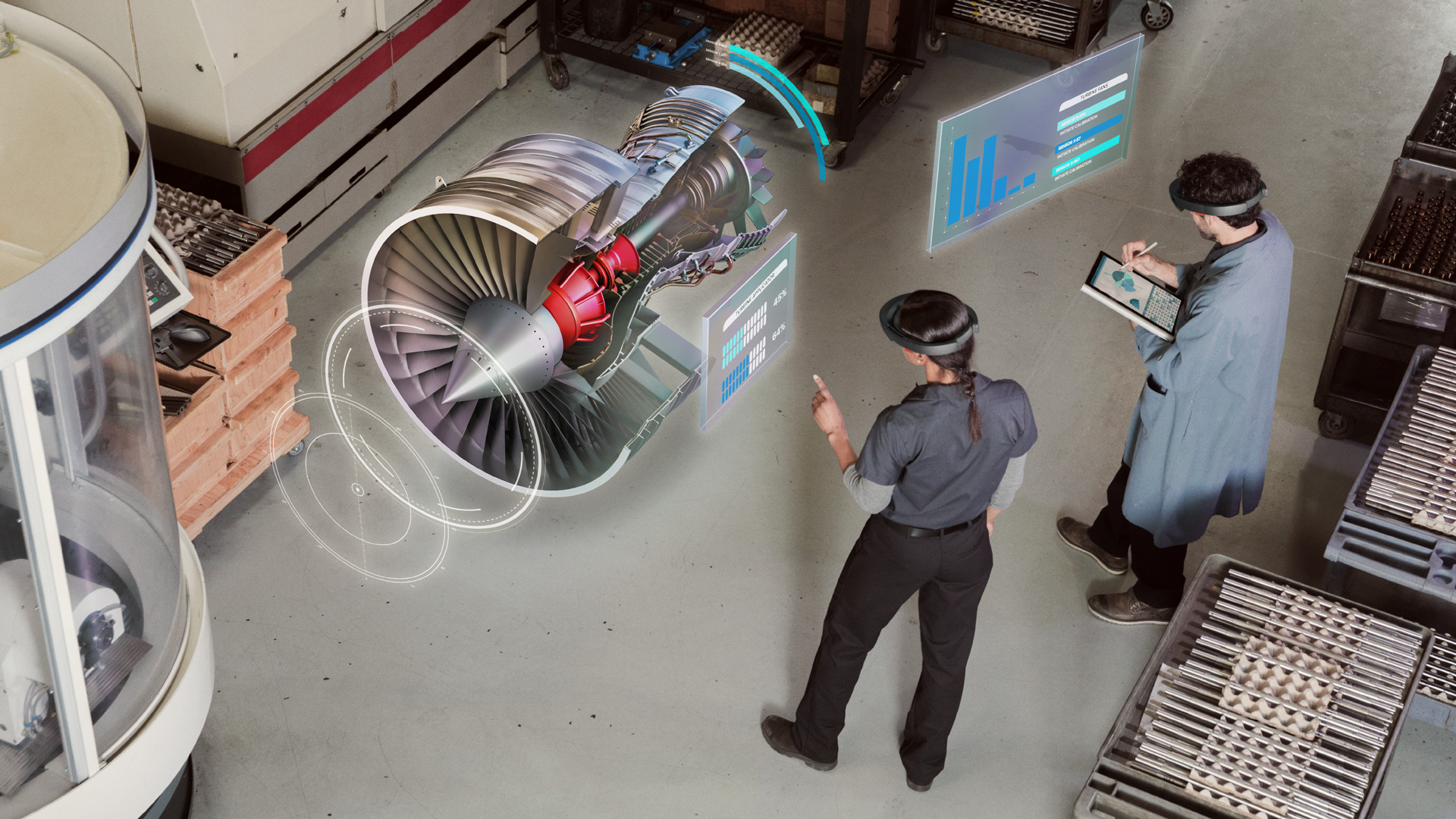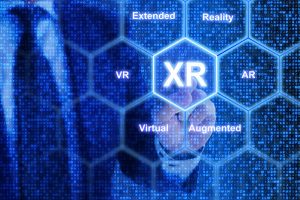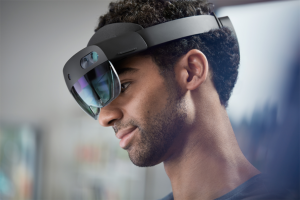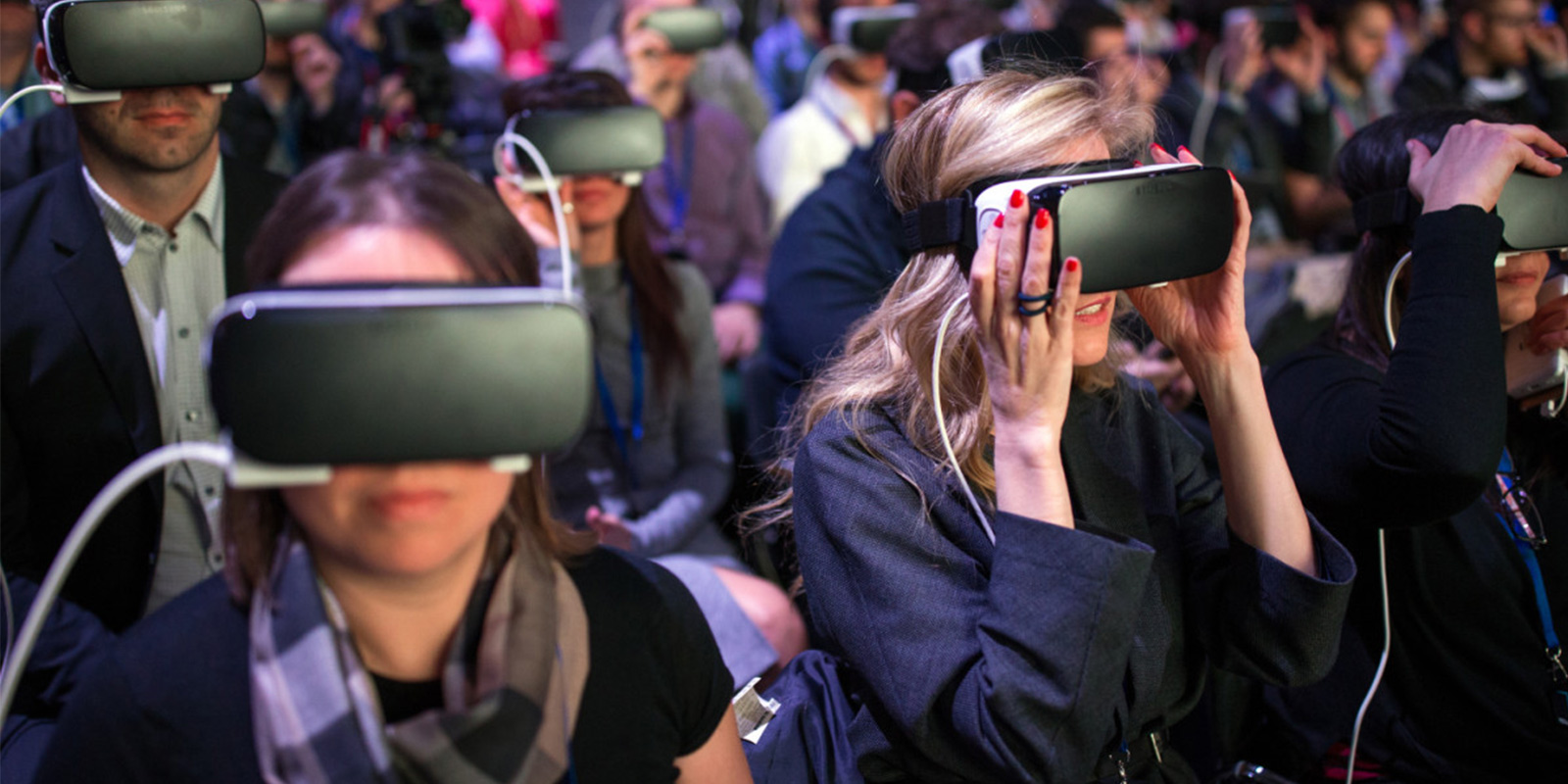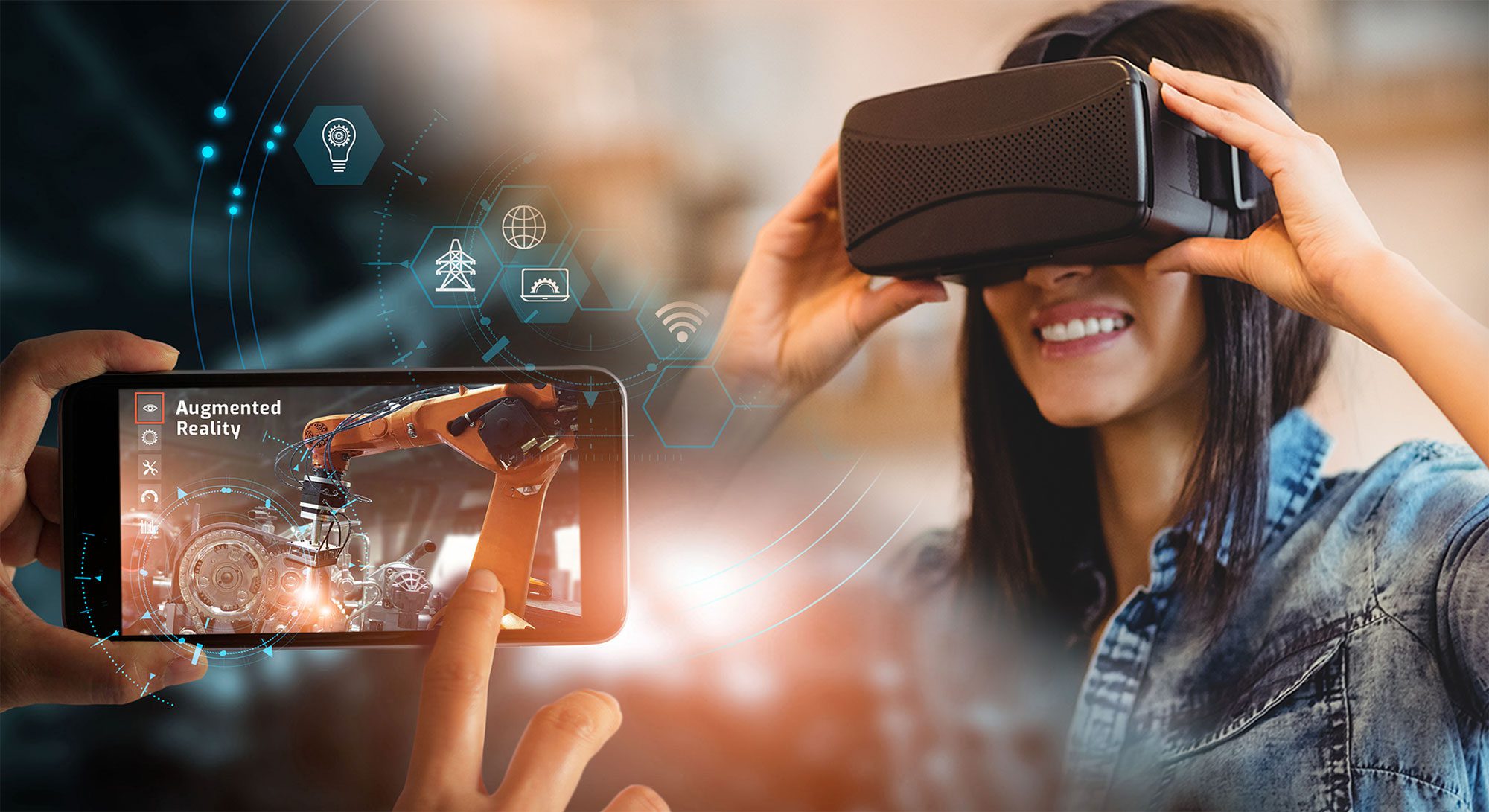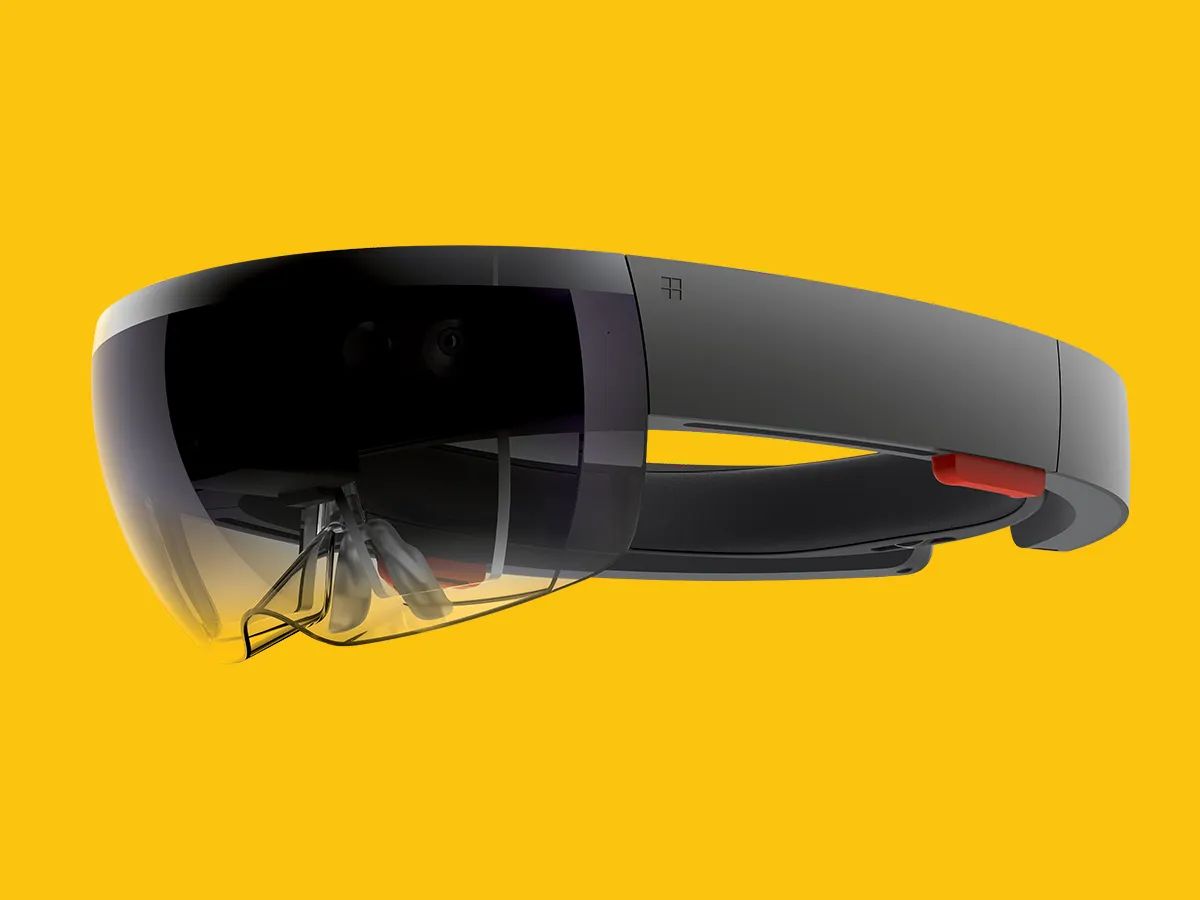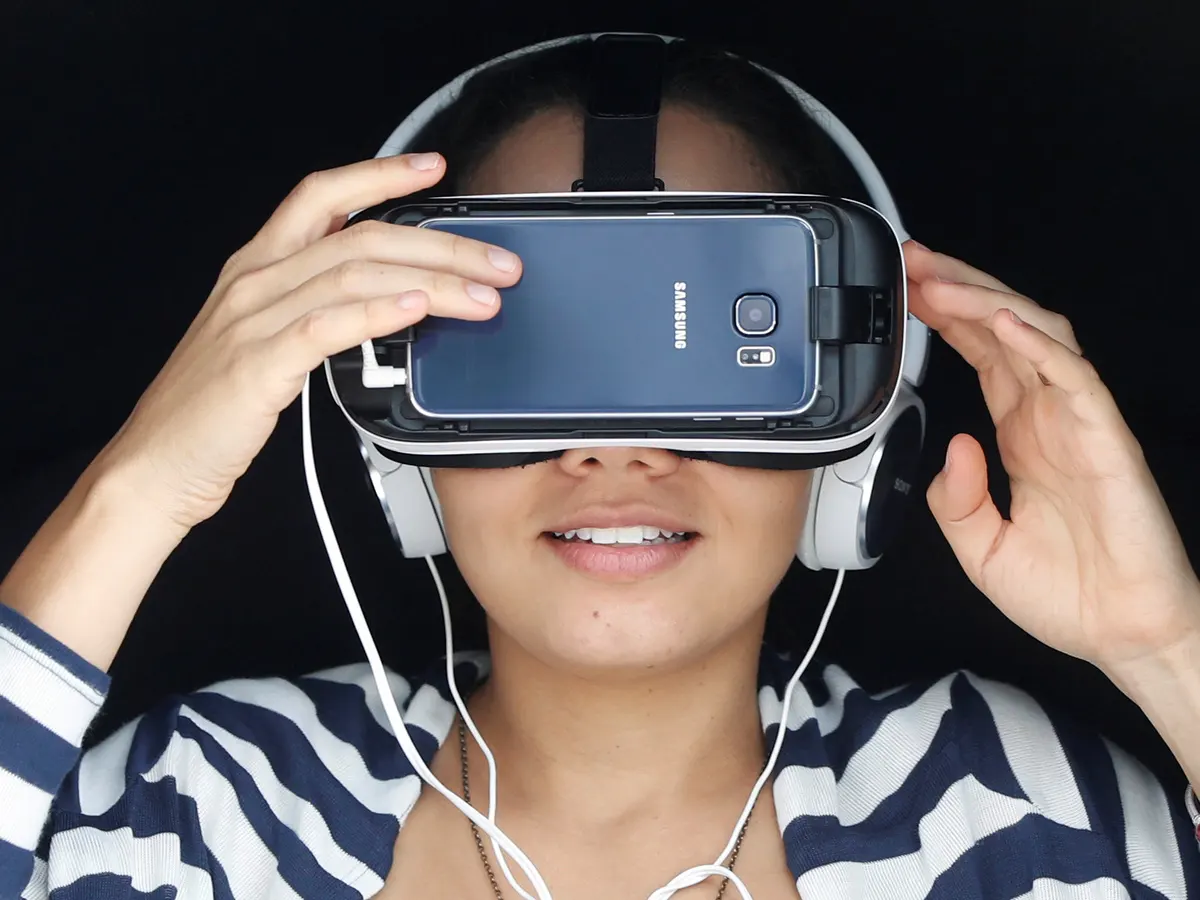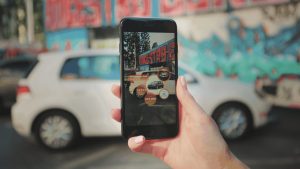When we think about the future, we’re no longer imagining flying cars and teleportation. Just by stepping into a booth and be in a location across the planet is unlikely to become a reality in our lifetime. However, just by slipping on a headset, we will be able to go into a magical universe. Thanks to reality technologies, everything is a real possibility.
Nowadays, it seems that “reality technologies” are the words on everyone’s lips. Between virtual reality, augmented reality, mixed reality, and extended reality, it’s pretty easy to get confused. This is because people tend to use expressions more or less interchangeably.
Most people are more or less familiar with virtual reality and augmented reality as concepts. VR uses all five senses to simulate a real-life situation via a computer-generated environment. AR adds an extra “layer” of reality to your environment (the most well-known example is the Pokémon GO phenomenon). What about mixed reality? MR is the latest buzzword in reality technology, with more and more major tech platforms looking to develop their own mixed reality devices and experiences.
Let’s take a look at what mixed reality actually is, along with some of its most exciting applications to date.
Mixed Reality: What Is It?
Let’s take a deeper look at augmented reality, of which mixed reality is advancement. Virtual reality aims to immerse the user in a completely different environment, usually via the use of a headset. However, augmented reality aims to create a “hybrid” environment, one that maps interactive virtual objects to physical surroundings and therefore blends the real and the virtual. Apart from games such as Pokémon GO, the potential applications of AR are myriad. Educational institutions such as museums use it to create immersive visitor experiences. At the same time, retailers use it to help consumers see what their purchases will look like in their homes. Besides, architects and engineers find it useful to show what their projects will resemble after completing them.
Mixed reality takes things a step further. Much like augmented reality, MR overlays virtual objects (digital media such as animations, images, audio, video, etc.) onto physical surroundings. A mixed-reality definition that helps to differentiate it from augmented reality is that MR creates virtual objects that can interact with the real world.


Basic Forms Of MR
Some MR experiences work from your physical surroundings and overlay virtual objects on top of them. For the moment, mixed reality tends to be headset-based. However, you can often view augmented reality through a flat-screen such as that of a smartphone or tablet. Other forms of MR work from a completely virtual world that completely covers up your real-life environment. You’re probably thinking that the latter sounds a lot like virtual reality, which it does at first glance. The main difference is that in MR, digital objects overlap the real ones and interact with them. With classic virtual reality, there is no connection between the computer-simulated virtual world and the real one. Basically, mixed reality is aware of the physical geography around you. Moreover, it uses it as a basis to create virtual worlds.
Applications Of Mixed Reality
When one thinks reality technologies, one tends to think entertainment, and that’s not far off. Gaming, movie-going, tourism, and live entertainment are all benefitting from the arrival of increasingly accessible extended reality equipment.
But the applications of mixed reality go so much further. Two tech companies are currently working hard on their respective MR devices. These are the Microsoft and Magic Leap. Microsoft’s HoloLens, released in 2016, promises to bring MR into the world of enterprise. Magic Leap, as its name suggests, gives focus on the creative and artistic side of things.
One of the major mixed reality examples in the workplace is a collaboration between the French vehicle manufacturer Renault Trucks and Immersion. They used mixed reality technology via HoloLens at its Lyon plant for quality control purposes. The German elevator manufacturer ThyssenKrupp is providing HoloLens sets to its field technicians. Through Hololens, technicians can ensure that they have all the necessary information literally in front of their eyes when making repairs. By enabling workers to see the result of what they are building or repairing, mixed reality promises to become invaluable to the manufacturing sector within the next few years.
At the same time, MR enables creatives to create sensory ecosystems that interact with your physical environments. Examples are the “Tónandi” experience that Magic Leap created and the Islandic band, Sigur Ros. Tónandi features previously unreleased music that the user can manipulate by interacting with the images that surround them.


Future Implementations Of Mixed Reality
The future is promising. Toshiba carried out A survey in May 2018 and found that 82% of businesses expect to use AR smart glasses within the next three years. At the same time, Deloitte discovered that more than 150 companies in multiple industries, including 52 of the Fortune 500, are testing or deploying AR/VR solutions.
What will mixed reality bring to us in the years to come? Big data, cloud computing, and artificial intelligence are going to play an increasingly large role in mixed reality technologies. However, increasingly affordable glasses and headsets will make MR more and more of a fixture in our everyday lives. While the price of reality technology equipment was prohibitive only a few years ago, the likes of the Oculus Go and similarly-priced headsets offered by Samsung and VIVE mean that there are now a variety of options at different price points (The Magic Leap headset, on the other hand, price of $2,295 is for dedicated MR enthusiasts only). At the same time, platforms are making it easier and easier for creators to produce MR content. Besides, they provide creator toolkits such as Apple’s ARKit, Facebook’s AR Studio, and the Magic Leap Creator Portal.
All these exciting advancements add up to one thing: the increasing presence of mixed reality technology in our day to day lives. With MR attracting strong interest from tech platforms, creators and investors alike, it’s something we’ll be seeing more and more in the years to come.









